WuXi AppTec Medical Device Testing Center's microbiology laboratory is CNAS, CMA, FDA GLP, OECD GLP and A2LA qualified to provide a full range of microbiology testing for pharmaceutical and medical device clients  China: 2002 Disinfection Technical Specification, 2010 GMP Guidelines, GB/T 38502-2020 etc.
China: 2002 Disinfection Technical Specification, 2010 GMP Guidelines, GB/T 38502-2020 etc. USA: USP<1072>, ASTM E1153, ASTM E2614, PDA TR70
USA: USP<1072>, ASTM E1153, ASTM E2614, PDA TR70 Europe: EN1276, EN1650、EN13697 etc.
Europe: EN1276, EN1650、EN13697 etc.
Disinfectant efficacy testing
Our company customised Disinfectant Efficacy Study in compliance with Chinese, American and European GMP, USP and EN standards.



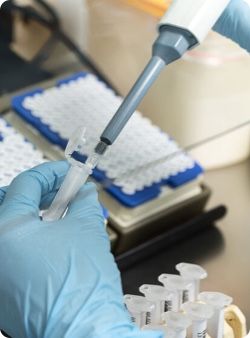
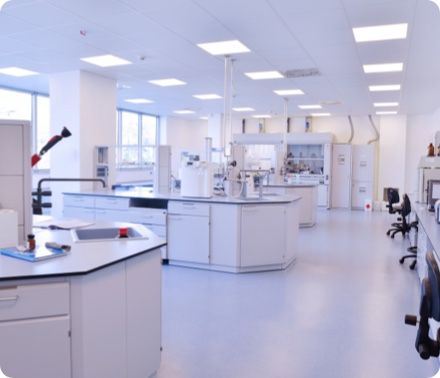
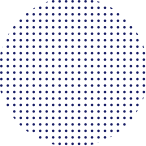

Strain Identification
We have automated gene identification systems, validated software and databases in compliance with 21 CFR 11. It takes a few hours to finish the sequencing and identification. Pharmaceutical and medical device manufacturers need to identify microorganisms in the following situations.
 Isolated from cleanroom environments
Isolated from cleanroom environments Positive sterility test results
Positive sterility test results Suspected colony of a non-sterile drug in test for specified microorganisms
Suspected colony of a non-sterile drug in test for specified microorganisms Microbiological OOS investigation, etc.
Microbiological OOS investigation, etc.Sterility test
Test of sterility is technical operation performed as part of development, validation or requalification to determine the presence or absence of viable microorganisms on product or portions thereof.
Test for sterility is technical operation specified in a pharmacopoeia performed on product following an aseptic process or exposure to a sterilization process.
 Test of sterility: GB/T 19973.2-2018、 ISO 11737-2:2019
Test of sterility: GB/T 19973.2-2018、 ISO 11737-2:2019 Test for sterility: CHP <1101>、USP <71>、EP 2.6.1、GB/T 14233.2-2005
Test for sterility: CHP <1101>、USP <71>、EP 2.6.1、GB/T 14233.2-2005Bioburden & Microbial Limit Test
Bioburden is population of viable microorganisms on or in a product and / or sterile barrier system. Microbial enumeration tests described hereafter will allow quantitative enumeration of mesophilic bacteria and fungi that may grow under aerobic conditions. Tests for specified microorganisms described hereafter will allow determination of the absence of, or limited occurrence of, specified microorganisms that may be detected under the conditions described.
 Bioburden: GB/T 19973.1-2015, ISO 11737-1:2018,
Bioburden: GB/T 19973.1-2015, ISO 11737-1:2018, Microbial Limit Test: CHP 2020 Part IV <1105> & <1106>,USP <61> & <62>,EP 2.6.12 & 2.6.13
Microbial Limit Test: CHP 2020 Part IV <1105> & <1106>,USP <61> & <62>,EP 2.6.12 & 2.6.13 
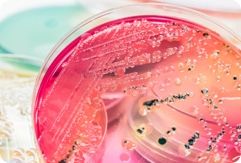
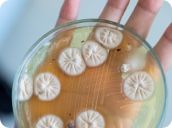
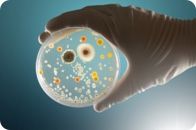
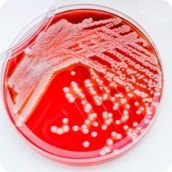

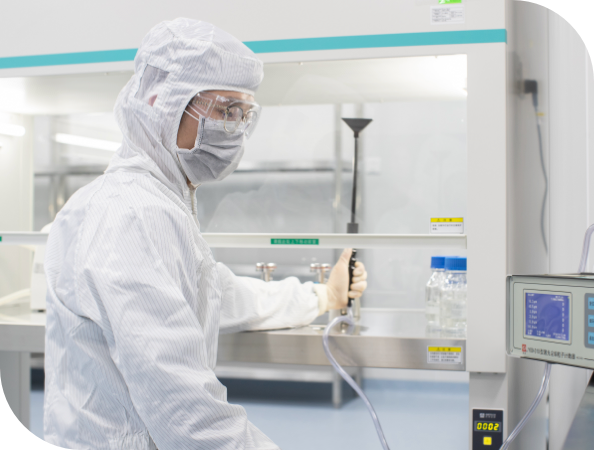

Environmental monitoring
We can provide quick and comprehensive environmental monitoring service in accordance with Chinese GMP, GB/T 16292, GB/T 16293, GB/T 16294, GB 50591 and ISO 14644 standards.
 Sinking bacteria/planktonic bacteria/surface microorganisms
Sinking bacteria/planktonic bacteria/surface microorganisms Air velocity / number of air changes / differential pressure
Air velocity / number of air changes / differential pressure Suspended particles
Suspended particles Temperature / humidity
Temperature / humidity Noise/illumination
Noise/illumination

Reprocessing Validation of Reusable Medical Devices
Reprocessing Validation of Reusable Medical Devices
Reprocessing is defined as validated processes used to render a medical device, which has been previously used or contaminated, fit for a subsequent single use. These processes are designed to remove soil and contaminants by cleaning and to inactivate microorganisms by disinfection or sterilization. WuXi AppTec can provide below validation service referring to FDA Guidance, Chinese validation guidance, AAMI TIR 12, AAMI TIR30, ISO 17664, ISO 15883, YY/T 0802, ASTM, WS standard.
 Cleaning Validation
Cleaning Validation Disinfection Validation
Disinfection Validation Sterilization Validation
Sterilization Validation Drying Time Validation
Drying Time Validation Duration Validation
Duration ValidationBacterial Endotoxins Test
There are three techniques for this test: the gel-clot technique, which is based on gel formation; the turbidimetric technique, based on the development of turbidity after cleavage of an endogenous substrate; and the chromogenic technique, based on the development of color after cleavage of a synthetic peptide-chromogen complex.
Referring to CHP <1143>,USP <85>,USP <161>, EP 2.6.14, GB/T 14233.2-2005,ANSI/AAMI ST72
Mycoplasma Testing

The genus mycoplasma represents a group of minute bacteria which have no cell walls. They are the smallest self-replicating prokaryotic organisms. Mycoplasma testing is an important way to control microbial contamination for biologics. At present, Chinese Pharmacopoeia recommends that both agar and broth media procedure and indicator cell culture procedure (DNA staining method) should be used for mycoplasma examination in master cell bank, working cell bank, virus seed batch, control cell and clinical cells. Agar and broth media procedure should be used to detect mycoplasma in the viral harvest fluid and stock fluid of viral vaccines. When necessary, culture medium can also be selected by indicated cell culture method. Other methods approved by the national drug inspection institute can also be used.